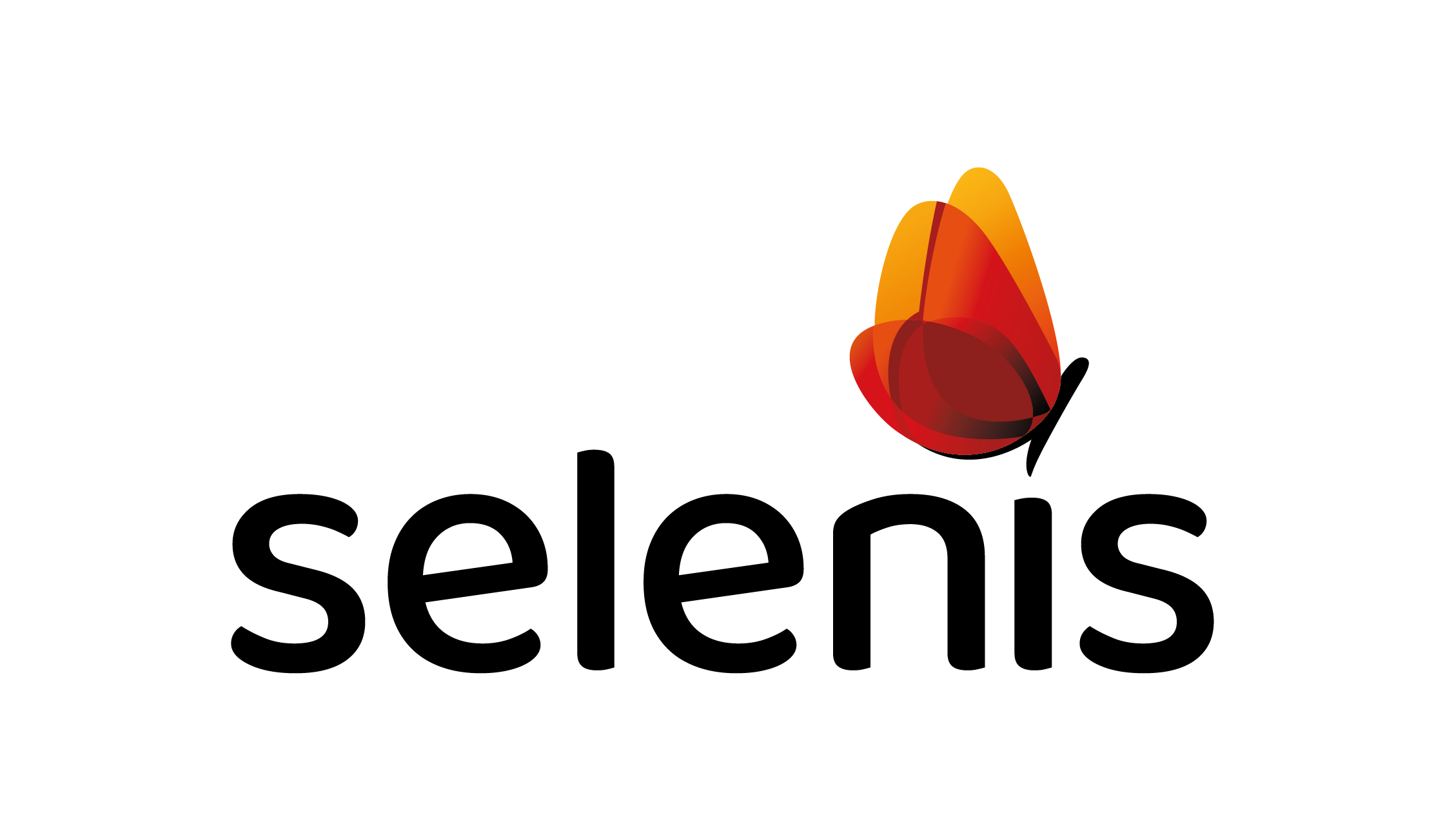Key Aspects of the Monofilament Extrusion Process:
Reduced Diameter: Enables rapid cooling within confined areas due to the minimal diameter of the products.
Efficient Cooling: The process allows for the filaments to cool swiftly, facilitating a more efficient production cycle.
Drawing and Winding: Post-cooling, filaments are elongated and precisely wound onto packaging spools.
Large Oven Drawing: A specialised drawing phase involves large ovens equipped with godet rolls for consistent tension and filament quality.
Denier Precision: Filaments are drawn to a specific denier measurement, ensuring uniformity in product quality (measured in grams per 9,000 meters).
Final Product Handling:
Bobbin Winding: The finished product is then neatly wound onto bobbins.
Direct Use or Further Processing: These bobbins can either be used as is or further processed to manufacture other items, such as ropes.
This streamlined extrusion process is vital for producing monofilaments that are integral to various applications, highlighting the industry's capability to create specialised products efficiently.















